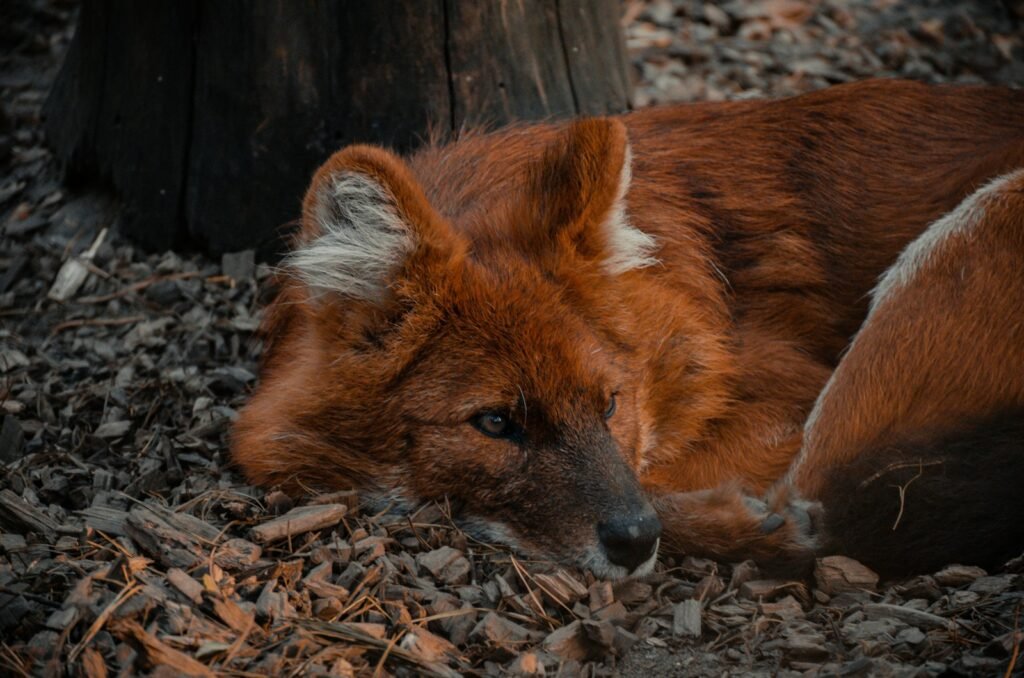In a country that still tells campfire stories about howling wolves, there is one voice that nearly vanished from the chorus. The American red wolf stands at the brink – an animal both fiercely resilient and unthinkably fragile. Conservationists have spent decades trying to pull it back from a precipice carved by habitat loss, mistaken identity, and old myths that refuse to die. And yet, in coastal Carolina thickets and sheltered enclosures, a comeback is taking shape, step by careful step. The mystery now is whether science, policy, and public will can sync in time to turn that fragile rhythm into a steady beat.
The Hidden Clues: Fewer Than Three Dozen Wild Red Wolves Remain

Here’s the number that stops you cold: only about 15-20 red wolves are known to roam free, making them the rarest wolf on Earth. The wild population persists primarily in eastern North Carolina, scattered across refuges and private lands where marsh meets pine. Biologists track them with ear tags, trail cameras, and radio collars, piecing together lives that often unfold out of sight. Every confirmed pup, dispersing yearling, or re-paired adult is a small victory, noted like ink on a ledger that can’t afford many red marks.
Captive-breeding facilities across the United States hold a safety net population that numbers in the low hundreds. That network is the reason the species isn’t just a museum exhibit in waiting.
From Extinction in the Wild to a Bold Reintroduction
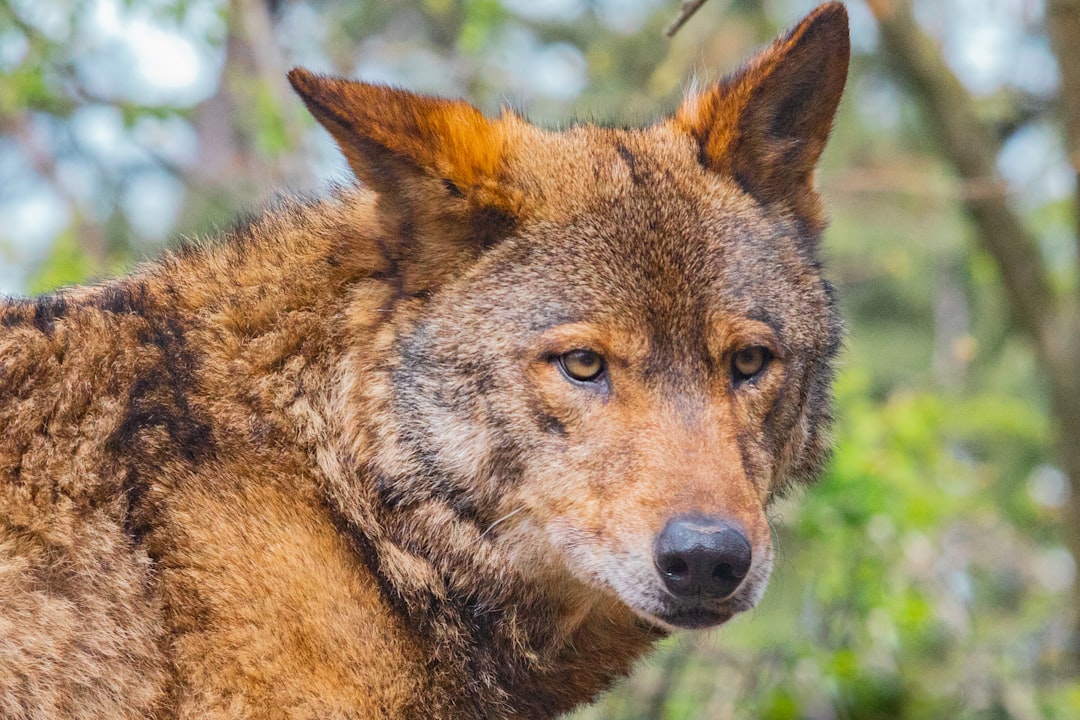
By 1980, the red wolf had been declared extinct in the wild, a heartbreaking milestone that forced a radical plan. Conservation teams trapped the last remaining animals, built a new population under human care, and then did something unprecedented: they returned a wolf to the American mainland. In 1987, releases began in North Carolina’s Alligator River National Wildlife Refuge, a move that was both daring experiment and necessary gamble. For years, the population climbed, hinting that a new chapter was possible.
Then policy shifts, illegal shootings, and a tangle of legal battles pushed the numbers downward again. Today’s push to restart regular releases reflects lessons learned and a determination not to repeat the same mistakes.
An American Original: A Wolf Found Only in the United States
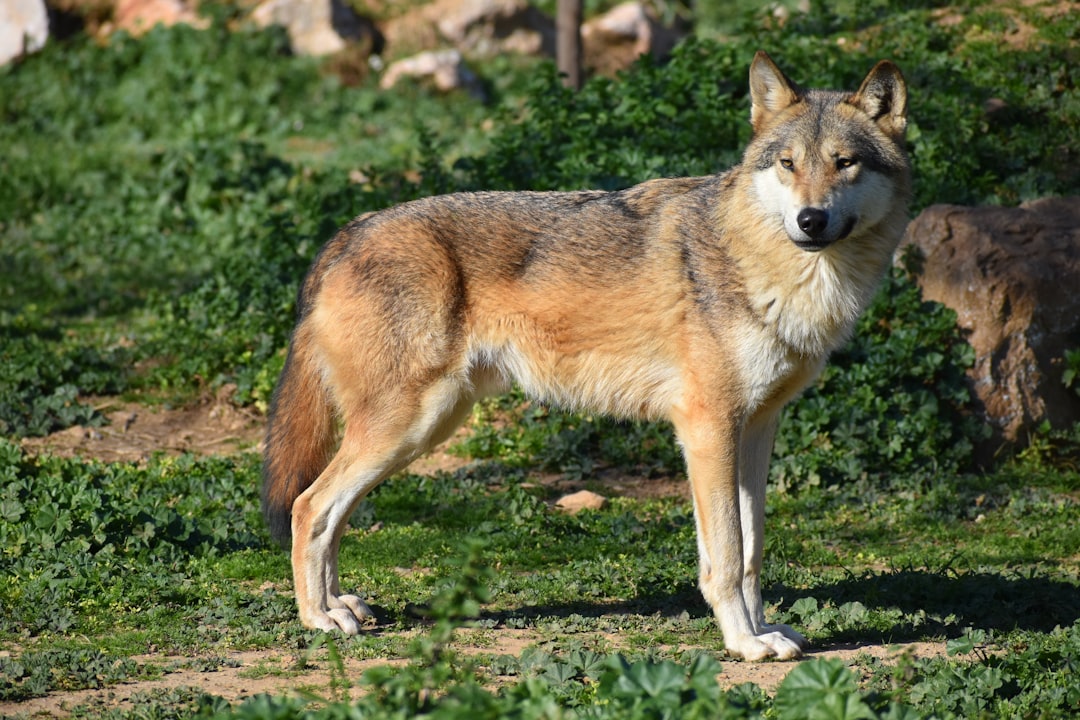
The red wolf is a uniquely American story – its historic range rested entirely within the United States. From the Gulf Coast to the Atlantic plain, this mid-sized canid once threaded through longleaf pine savannas and bottomland forests that defined the Southern landscape. It sits between coyotes and gray wolves in size, with long legs, keen ears, and a coat often brushed with russet along the ears and behind the shoulders.
That identity matters because it binds the species to places that millions of people call home. Saving the red wolf is, in a literal sense, saving a piece of American natural history.
Shaped by the South: Range, Habitat, and a Life on the Edge

Historically, red wolves roamed across the Southeast, favoring mosaic habitats where prey and cover come in alternating patches. Today, they survive in a fractured map of refuge lands, farms, and timber tracts, adapting to roads, ditches, and human rhythms. They den in thickets or along quiet edges, raising pups near freshwater sloughs and sandy ridges. Home ranges can span tens of square miles, but in human-dominated terrain, every mile includes a negotiation.
Floods, hurricanes, and sea-level rise add pressure to already thin margins. When water moves inland and salinity creeps up, the red wolf’s world can shrink with each storm season.
Family Ties: Packs, Pair Bonds, and Pup Season

Red wolves live by family, not by brute force. Breeding pairs often stay together for years, anchoring packs that include their current pups and sometimes older offspring. Mating typically occurs in late winter, with pups arriving in spring when prey is plentiful and cover is thick. Dens shift as pups grow, a quiet relocation that keeps curious mouths safe and fed.
Managers sometimes “cross-foster” captive-born pups into wild litters, a clever tactic that boosts genetic diversity. The wild parents raise them as if they were always theirs.
The Coyote Complication: Hybridization and How Managers Respond
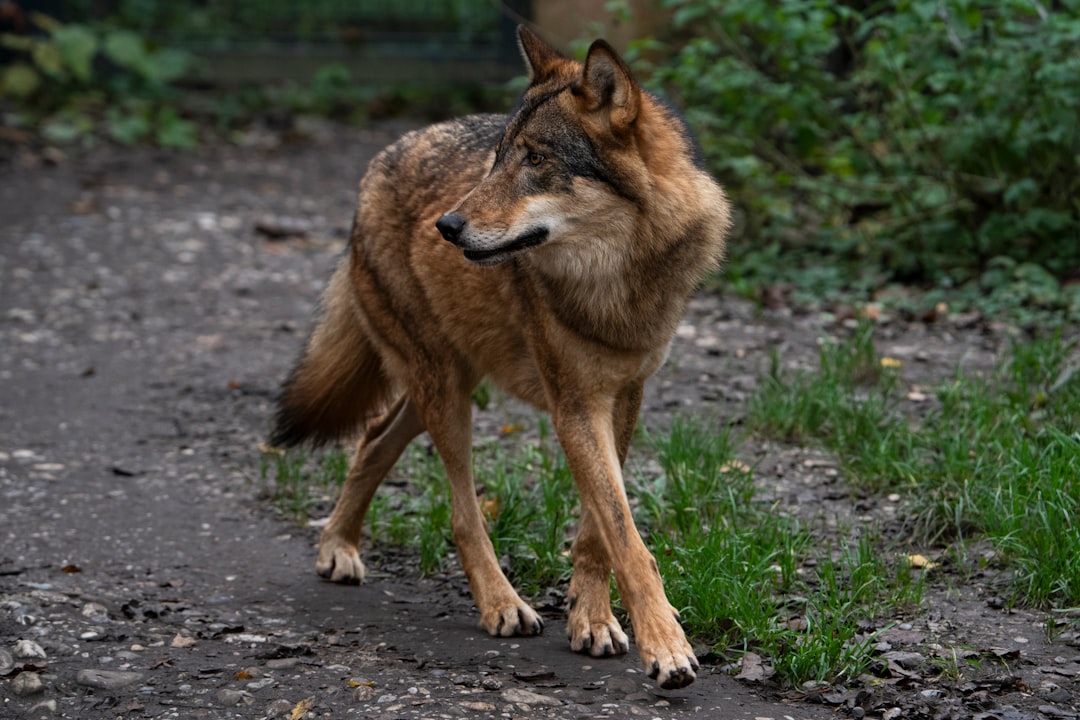
As red wolves dwindled, coyotes surged eastward, creating a biological riddle: how do you protect a rare wolf that can interbreed with a common cousin? Hybridization threatens to dilute the red wolf’s distinct genetics, especially when mates are scarce. To keep the genome on course, field teams sterilize select coyotes in key territories, allowing them to hold space without producing hybrid pups. It’s a nuanced strategy that treats space as currency and time as leverage.
When red wolves return to those territories, the placeholders step aside and the species reclaims its neighborhood. It’s conservation through choreography, one territory at a time.
Why It Matters: What a Top Predator Gives Back to Coastal Ecosystems
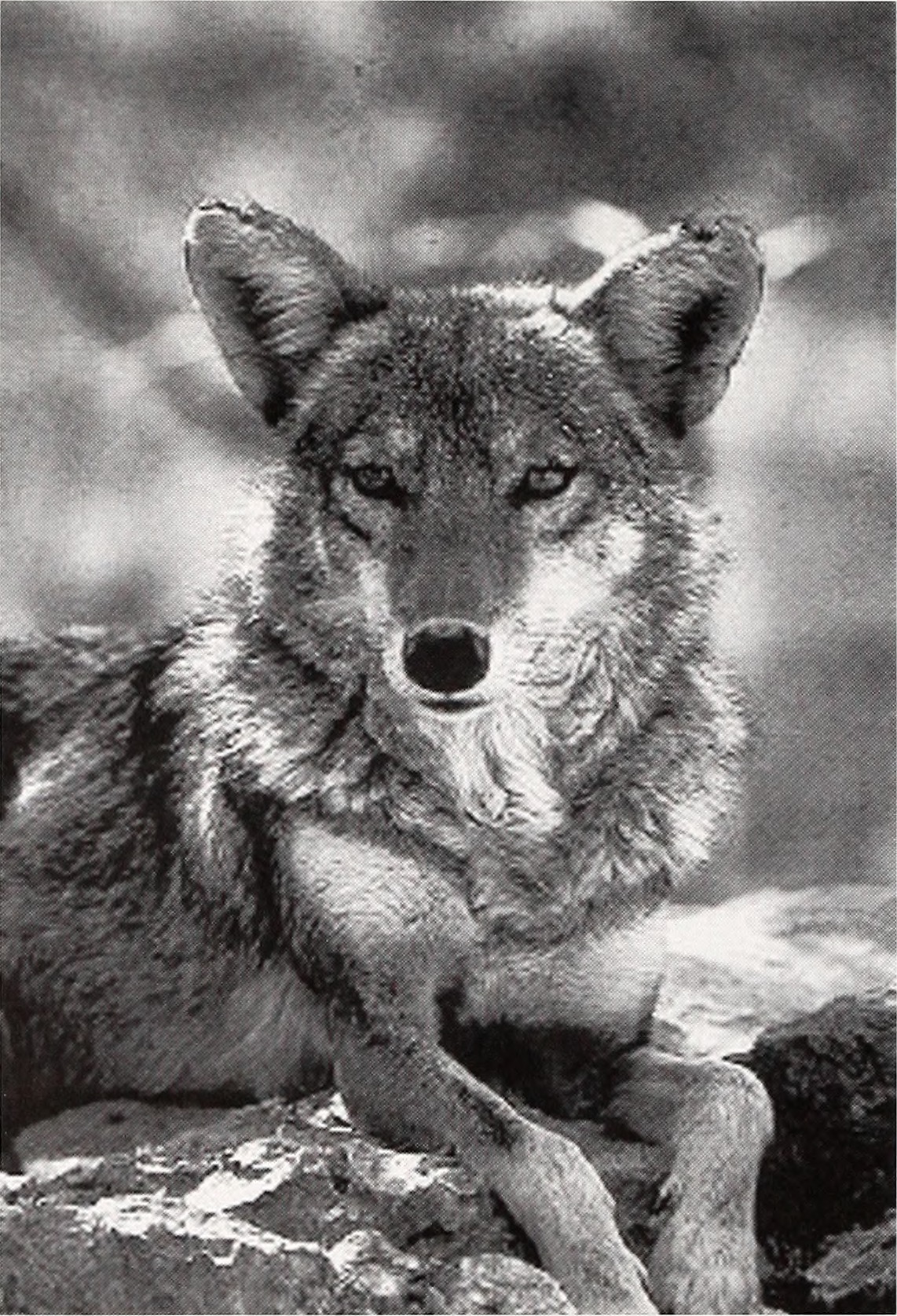
Predators don’t just take; they give structure to a landscape, nudging prey to move, browse differently, and avoid sensitive habitats. In coastal Carolina, red wolves help check overabundant deer, raccoons, and invasive nutria, easing pressure on vegetation and ground-nesting wildlife. Think of them as the quiet editors of an ecological manuscript, deleting redundancies and fixing messy run-on sentences. Without that edit, marsh edges unravel and young forests can stall.
Beyond ecology, rescuing a native wolf signals that recovery is possible even in working landscapes. It proves that conservation doesn’t have to be a museum under glass – it can be a community project in the open air.
Science in the DNA: What Genetics Reveals – and Why Debates Persist
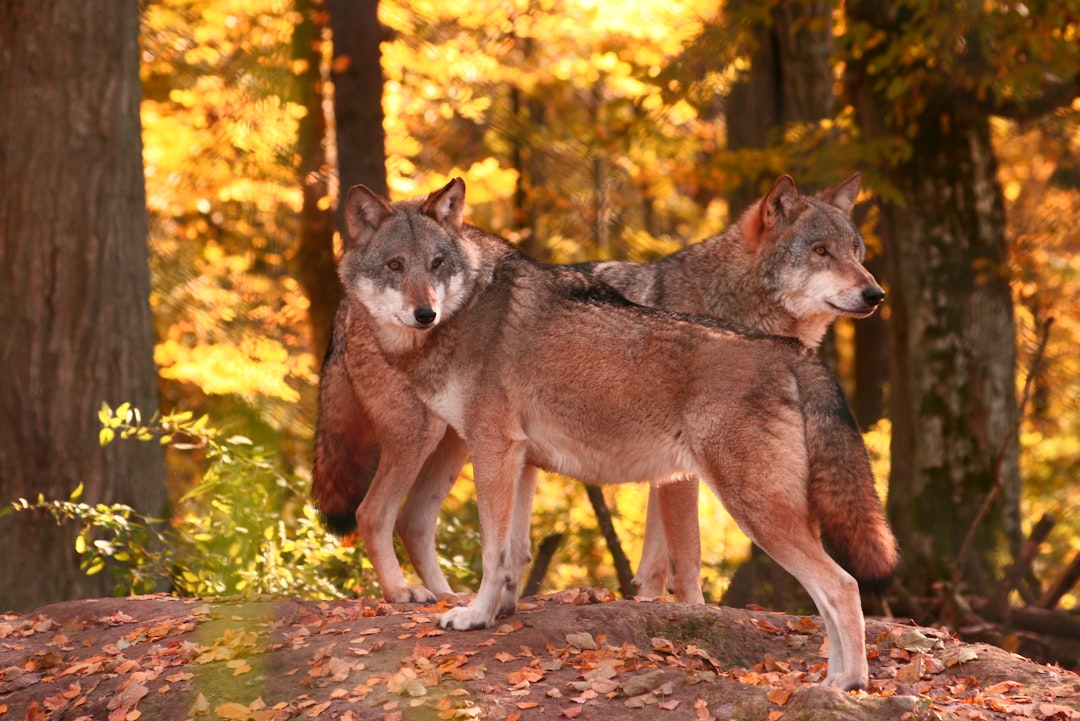
Genomic studies show that red wolves carry a complex blend of ancestry shared with other North American canids. Some researchers emphasize ancient lineages; others highlight more recent mixing, and the debate can get loud. What’s clear is that the captive program traces back to a small group of founders, making careful genetic management nonnegotiable. Breeding plans read like chess opening books, designed to minimize inbreeding while preserving rare alleles.
New tools – high-density genotyping, pedigree software, and biobanking – give managers better control over diversity. The scientific verdict may evolve, but the day-to-day work remains laser-focused on keeping options open for the future.
People, Policy, and Peril: How Humans Tip the Balance

Most red wolf deaths trace back to human causes, especially gunshots from misidentification during coyote hunting. Even a few losses in a small population can drop numbers faster than pups can replace them. Roadkill adds to the toll, particularly where nighttime driving and fast two-lane highways cut through prime habitat. Policy changes – like adjusted hunting rules, targeted law enforcement, and community outreach – can swing the pendulum toward survival.
In places where landowners see value and pride in hosting wolves, coexistence gets real. That social license can be as important as any scientific breakthrough.
From Ancient Tools to Modern Science: Fieldwork That Keeps Wolves on the Map
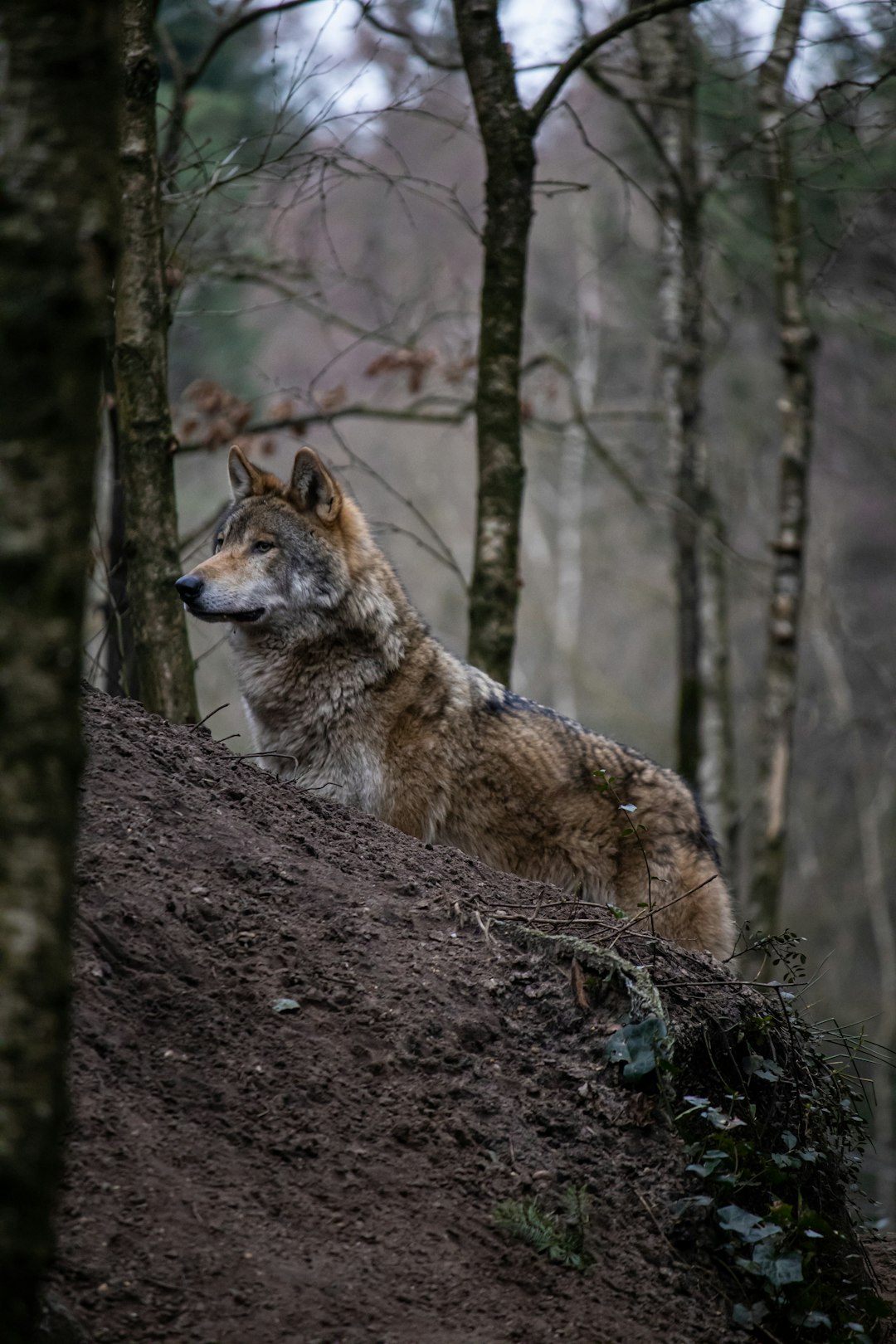
Tracking red wolves blends old-school grit with digital precision. Crews read scat like a field journal, scan for tracks after rain, and deploy camera traps that capture midnight briefings the wolves never meant to share. Drones and GPS collars fill in the gaps, mapping movements across fields and pocosins from season to season. Together, those methods reveal how packs use space, what they hunt, and where conflict brews.
Armed with that intel, managers can time releases, place road signs, and prioritize safe corridors. Data isn’t the story, but it’s the compass that keeps the plot from drifting.
The Future Landscape: What Comes Next and How You Can Help
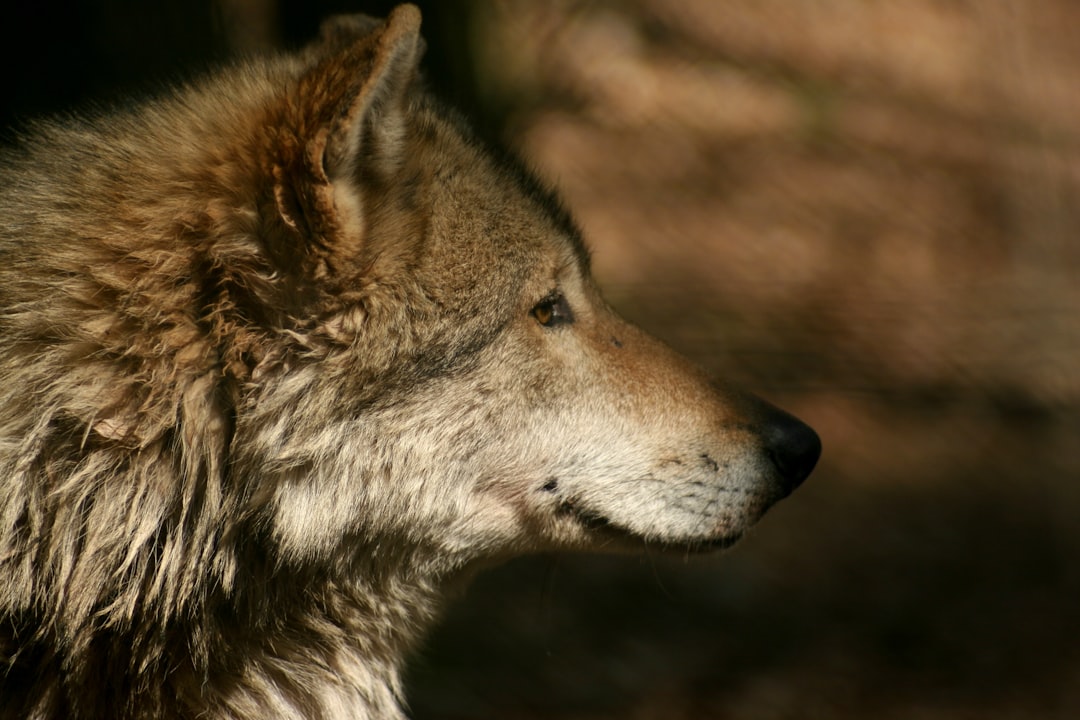
Recovery plans now lean into more frequent releases, stronger partnerships with private landowners, and scouting new reintroduction sites to hedge against storms and sea-level rise. Wildlife corridors stitched through farms and timberlands could link safe denning spots, while smarter road design and crossing structures reduce deadly encounters with vehicles. Education campaigns aim to cut mistaken shootings by teaching hunters how to tell a red wolf from a coyote at a glance. If these pieces click, the population can climb from tenuous to durable within a few breeding seasons.
There’s a role for everyone: support accredited zoos and conservation centers, respect signage in wolf territories, report sightings to recovery teams, and talk about the species with neighbors who may only know the myths. The red wolf’s comeback won’t be loud, but if we listen, we’ll hear that thin, rising howl grow steadier – one more heartbeat restored to the American wild; would you have guessed it could be ours to keep or lose?

Suhail Ahmed is a passionate digital professional and nature enthusiast with over 8 years of experience in content strategy, SEO, web development, and digital operations. Alongside his freelance journey, Suhail actively contributes to nature and wildlife platforms like Discover Wildlife, where he channels his curiosity for the planet into engaging, educational storytelling.
With a strong background in managing digital ecosystems — from ecommerce stores and WordPress websites to social media and automation — Suhail merges technical precision with creative insight. His content reflects a rare balance: SEO-friendly yet deeply human, data-informed yet emotionally resonant.
Driven by a love for discovery and storytelling, Suhail believes in using digital platforms to amplify causes that matter — especially those protecting Earth’s biodiversity and inspiring sustainable living. Whether he’s managing online projects or crafting wildlife content, his goal remains the same: to inform, inspire, and leave a positive digital footprint.

